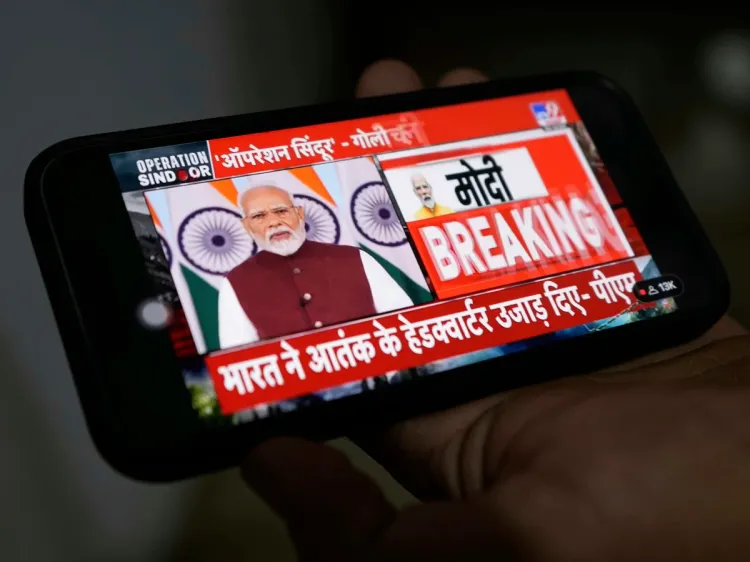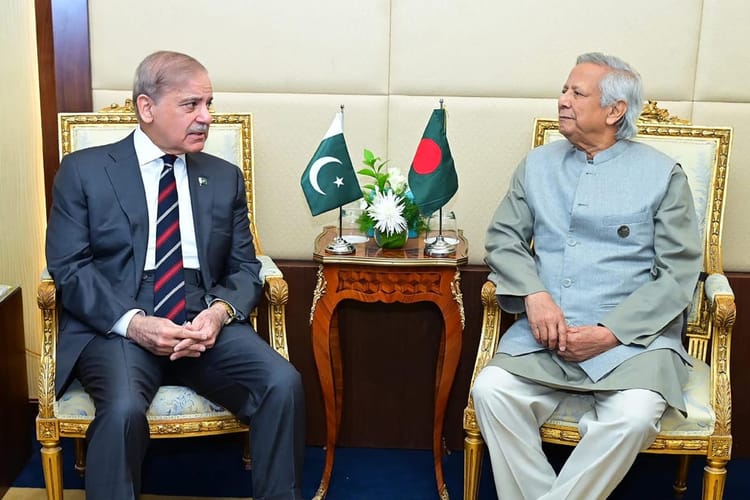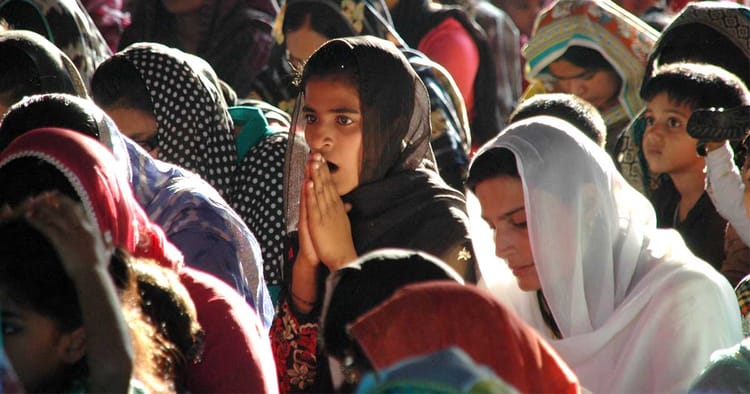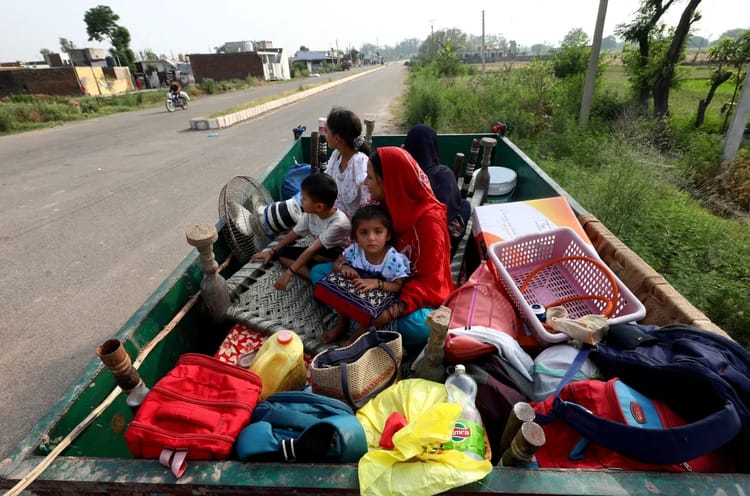Kurram District: History of Conflict and Peace Efforts
The violence that escalated in November in Kurram district, - situated in Northwest Pakistan - is only the latest in a long history of conflict that has continued to destabilise the region and endanger the communities that live there.
Earlier that month, residents of the area gathered in a “peace march” in the district headquarters, Parachinar, urging the government to enhance security for Kurram’s 800,000 residents, more than 45 percent of whom belong to the Shia minority.
Sectarian clashes between that Shia community and the Sunni majority are what has largely constituted the violence that plagues the region, and conflicts had been escalating since July last year - prompting the peace march. But that’s not where the clash started. In fact Kurram has a much longer history of violence that connects as far back as British colonial rule and is complicated by the presence of militants and parties like the TTP in the area.
Kurram has remained cut off from the rest of the country due to violent tribal clashes that began there in November, claiming more than 100 lives. All roads in Kurram, including the Parachinar-Peshawar highway, have remained closed to traffic since Nov 21 after a vehicular convoy was attacked in the Bagan area, in which at least 50 people were killed, and former federal minister Sajid Hussain Turi has said that at least 128 children had died in Parachinar since the conflict started

Kurram: A History
Kurram, designated as a district following the 2018 merger of former tribal areas into the mainstream administrative framework, is divided into three regions: Upper Kurram, Lower Kurram and Central Kurram. Upper Kurram, where Parachinar — the district’s main town — is located, is predominantly inhabited by the Shia-majority Turi tribe, with some Sunni villages nearby. Lower Kurram, centered around Sadda, has a Sunni-majority population, though it also includes a significant Shia population in Alizai. Central Kurram, which was incorporated into the district in more recent years, is overwhelmingly Sunni, except for one small Shia village.
For the most part, coverage around conflict in Kurram has attributed it to land disputes. In former tribal areas, land is often communally held, with little or no formal documentation. However, land in Upper Kurram and Lower Kurram was measured and demarcated during British colonial rule. But efforts to resolve disputes have been slow. As far back as before Pakistan’s independence, British colonial authorities had exploited these demographic divisions through a network of measures, including selective land allocation and clan patronage. This has led to enduring tribal rivalries over ancestral lands and grievances.
Dr Noreen Naseer, a political science teacher at the University of Peshawar, tells Dawn that that Kurram’s demographic and sectarian balance changed drastically during the 1980s, with the influx of Sunni Afghan refugees and the establishment of anti-Soviet Mujahideen groups supported by Pakistan and the United States. “Afghan Mujahideen brought with them a militant form of Sunni Islam,” she added, “while Kurram’s Shia population was deeply influenced by Iran’s revolutionary ideals after 1979 onwards.”
But other experts point to bad governance, draconian laws and mistreatment as reasons that cause strife within communities. One law that came under fire was the Frontier Crimes Regulation (FCR). Described as a way of keeping FATA cut off from the rest of the world, these laws kept three basic rights from the people of FATA - Appeal, Wakeel (right to a lawyer) and Daleel (right to present reasoned evidence). Additionally, as part of the larger FATA region, Kurram was not integrated into Pakistan’s electoral system and lacked popular representation in the national and provincial parliaments. Consequently, the population was denied necessities such as education, healthcare, and adequate infrastructure.
While the FCR laws were finally repealed in 2018, it wasn’t before creating further conflict and plunging the region into one of the bloodiest times it’s seen.
The region experienced unprecedented violence in April of 2007, resulting in the loss of over 200 lives. Members of the Shia community carried out a rally against Sunni individuals for chanting anti-Shia slogans, where protestors carried out reactionary anti-Sunni slogans. The ensuing clashes resulted in a weeklong violence pushing the military to enter the fray in to bring a temporary end to hostilities.
In 2008, the government initiated a dialogue known as the 2008 Murree Accord or Murree Jirga, where they engaged various stakeholders and addressed key issues, including reopening the Parachinar-Peshawar road, the return of Internally Displaced Persons (IDPs) to Kurram, the restoration of territories seized during the 2007 sectarian clashes, the release of prisoners, and the provision of relief funds for IDPs. The Accord also stipulated a fine of approximately $72,000 for any group that violated its terms. While the 2008 Murree Accord successfully facilitated the return of prisoners from the 2007 clashes, the lack of adequate administrative authority resulted in the continued occupation of lands confiscated during the 2007 clashes.

The Conflict Today
On November 21, Parachinar was struck by a horrific massacre when a security convoy, authorised to protect over 700 civilians - mostly Shia, came under a brutal attack. More than 100 people were killed, including over 20 women and more than 20 children, between the ages of six months to 13 years.
Eyewitnesses and videos circulating on social media show the horrifying details of the atrocity. Survivors, including children and women, were subjected to unimaginable brutality—many were killed with knives, and their bodies thrown into sewerage drains
The recent conflict, as the ones before, has seen a targeting of Shia residents in the area - as both TTP and ISIL, which are active in the area, promote anti-Shia beliefs. But Shia communities aren’t the only ones at risk. Munir Bangash, a Sunni representative in the jirga, said while the government has tried to maintain peace, “rogue elements” among Shia and Sunni groups continue to drive the violence.
Mohsin Dawar, a former parliamentarian from North Waziristan in Khyber Pakhtunkhwa province and head of the National Democratic Movement (NDM), questioned the government’s commitment.
“I doubt whether the authorities are genuinely intent on resolving the issue,” Dawar told Al Jazeera, adding that the state’s lax attitude allows the land dispute to take on a sectarian hue, fostering a cycle of revenge.






Member discussion